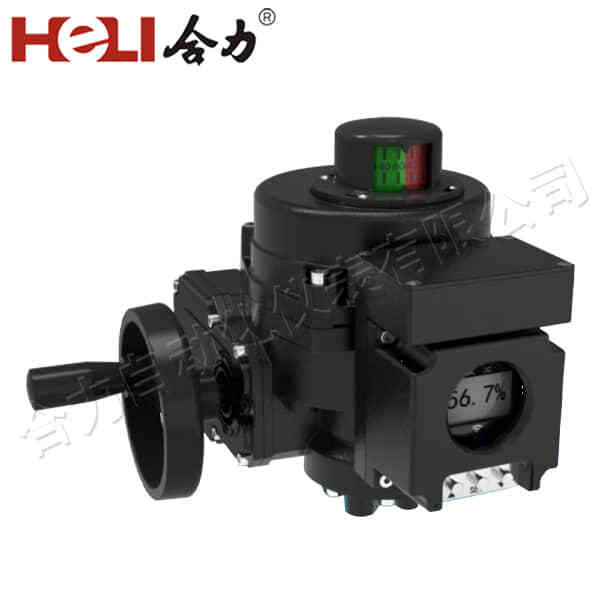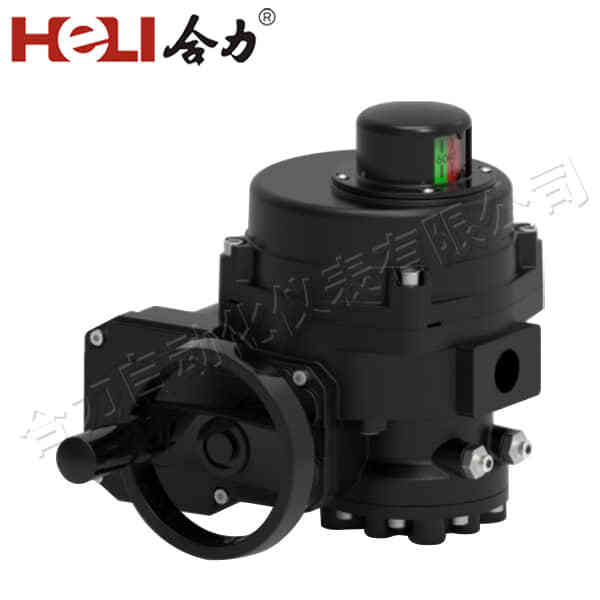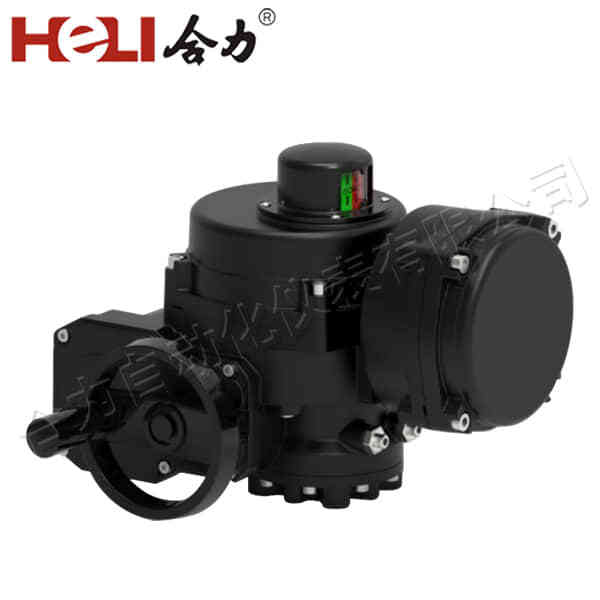Electric actuators are pivotal components in the automation industry, providing efficient and reliable solutions for converting electrical energy into mechanical motion. These devices play a significant role in various applications, including industrial machinery, robotics, aerospace, automotive, and many more. In this article, we will explore what electric actuators are, how they work, their advantages, and their applications.

What is an Electric Actuator?

An electric actuator is a mechanical device that uses electrical energy to produce motion, typically linear or rotary. The actuator converts the electrical signal received from a controller into a specific mechanical action. Unlike pneumatic or hydraulic actuators, which rely on compressed air or fluids for operation, electric actuators provide a more energy-efficient and precise alternative.
Electric actuators are composed of several key components: an electric motor, a gearbox, a sensor for position feedback (such as a potentiometer), and a controller to regulate the actuator’s performance. The most common types of electric actuators are linear actuators, which produce straight-line motion, and rotary actuators, which generate rotational movement.
